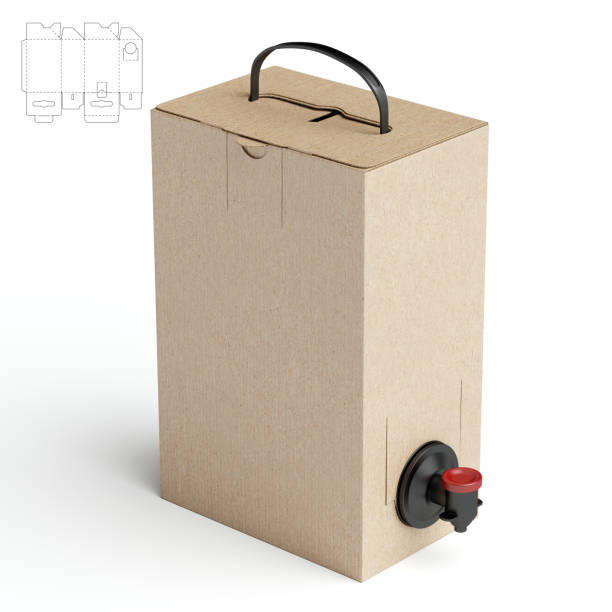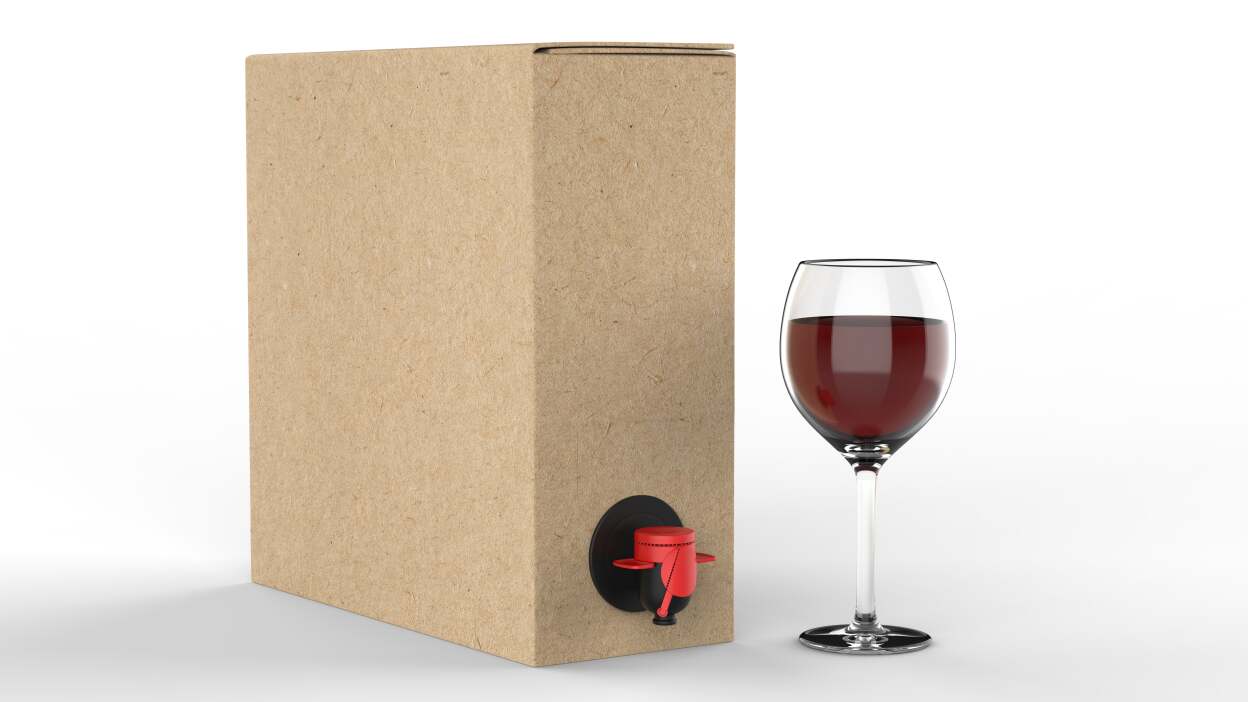In the world of packaging, flexibility is key, and it has given rise to a revolution in the way products are stored, transported, and consumed. Flexible packaging has rapidly gained popularity due to its adaptability, sustainability, and convenience. This article will delve into the realm of flexible packaging, exploring what it is, why it's becoming the preferred choice, and its various applications.
Flexible packaging is a versatile, non-rigid form of packaging that includes materials such as plastic films, pouches, bags, and laminates. It's designed to provide a barrier against moisture, air, and contaminants while offering various shapes and sizes for packaging a wide range of products. Flexible packaging can be customized to suit the specific requirements of the product it contains, making it a popular choice across multiple industries.
Product Protection: Flexible packaging is engineered to protect its contents from external elements such as moisture, light, and air. This ensures the product's quality and extends its shelf life.
Flexible packaging has found a home in numerous industries due to its adaptability and practicality:
Food and Beverage: Snack bags, stand-up pouches, and resealable beverage containers are just a few examples of how flexible packaging is changing the way we store and consume food and drinks.
Pharmaceuticals: From blister packs to unit dose pouches, flexible packaging is widely used to protect pharmaceutical products and maintain their integrity.
Personal Care and Cosmetics: Shampoo sachets, lotion tubes, and single-dose packaging are examples of how flexible packaging is shaping the personal care industry.
Agriculture: The agriculture industry uses flexible packaging for products like seed bags, fertilizers, and pesticides due to its durability and barrier properties.



 中文简体
中文简体 英语
英语 西班牙语
西班牙语 俄语
俄语 葡萄牙语
葡萄牙语 法语
法语 德语
德语 意大利语
意大利语























